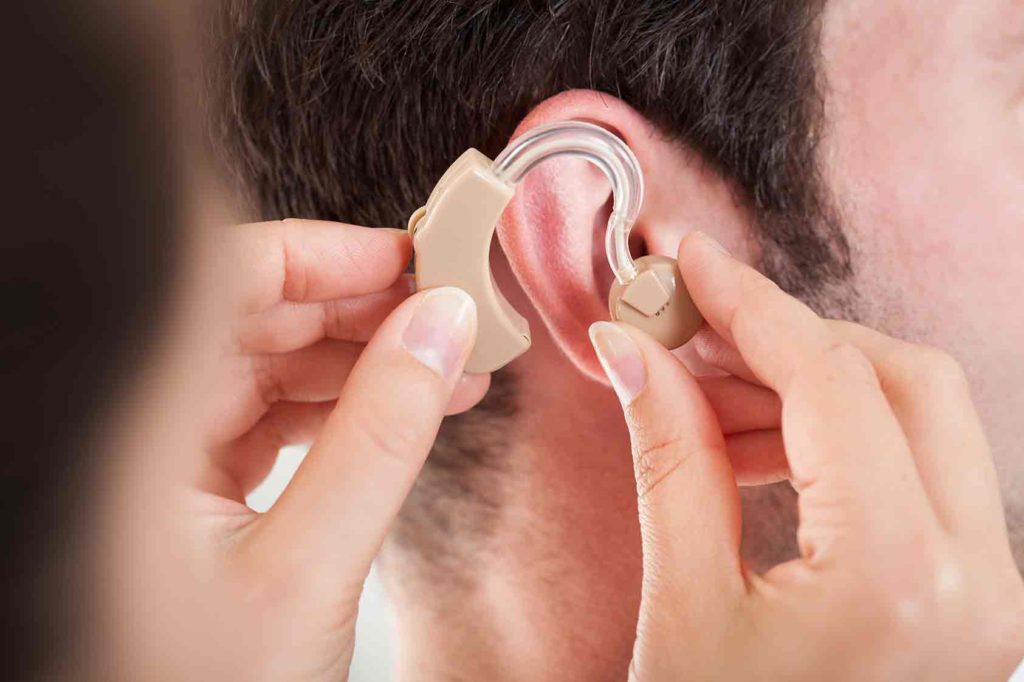Differences in how old and young adults’ brains respond to speech-like sounds could inform strategies for improving the age-related listening difficulties that afflict many older workers, research shows.
University of Western Ontario researcher Molly Henry and colleagues describe two patterns of brain activity that act in tandem to improve peoples’ ability to detect small changes in auditory stimuli, and show how this process changes with age.
The researchers tested 20 younger (18–31 years old) and 20 older (61–77 years old) adults on an auditory task.
Participants had to detect certain auditory signals that were presented within a continuous, rhythmic pattern that shared the same temporal characteristics of speech.
Doing this requires both the suppression of the stable, irrelevant rhythm and enhancement of the target stimulus.
When younger people listen to sounds that have similar temporal properties to speech, their brains naturally synchronise (or entrain) to the rhythm.
Two stages
This entrainment can be modulated by a second brain process that filters out irrelevant information.
In contrast, older adults are less able to entrain their brains automatically and struggle to filter out irrelevant information.
However, they seem to use different neural strategies from younger adults to filter out the noise.
Taken together, these findings illustrate how accurate hearing depends on two, complementary processes.
The work suggests that the hearing difficulties experienced by older adults are not just due to their limited ability to entrain to sounds, but also by changes in their ability to inhibit irrelevant auditory information.
This suggests that regaining a balance between these two processes may be a new way to improve age-related listening difficulties.




